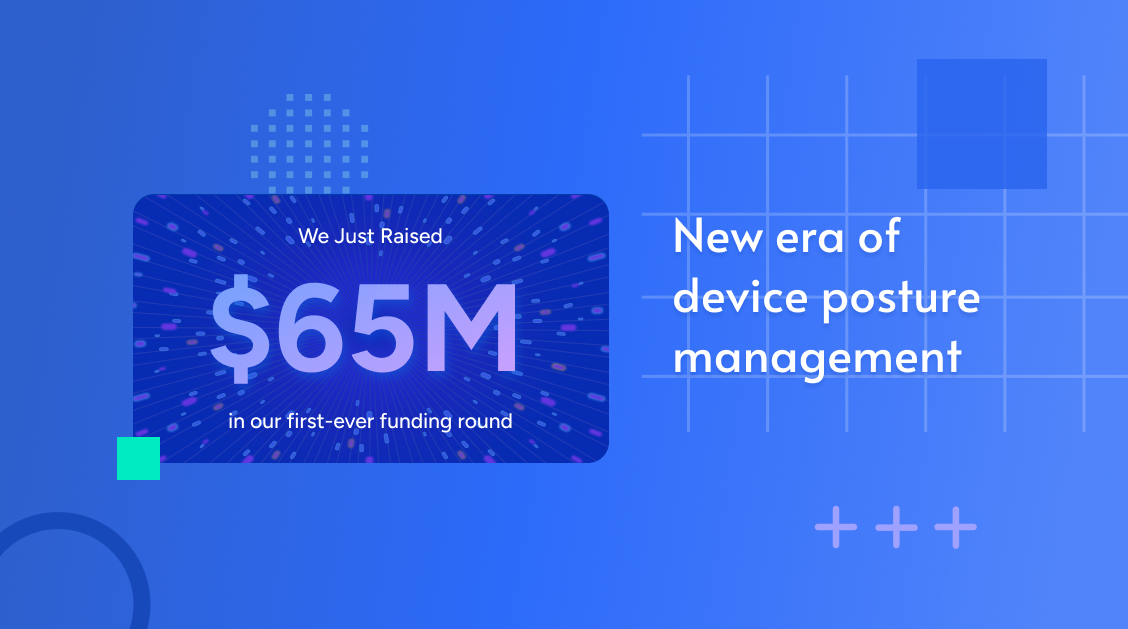How Misconfiguration Attacks Are Breaking Enterprises
Security leaders invest heavily in the front door: phishing defenses, malware detection, patch management, the works. And then they think they’re safe. But it’s the misconfigurations quietly...
How Misconfiguration Attacks Are Breaking Enterprises
Security leaders invest heavily in the front door: phishing defenses, malware detection, patch management, the works. And then they think they’re safe. But it’s the misconfigurations quietly...



